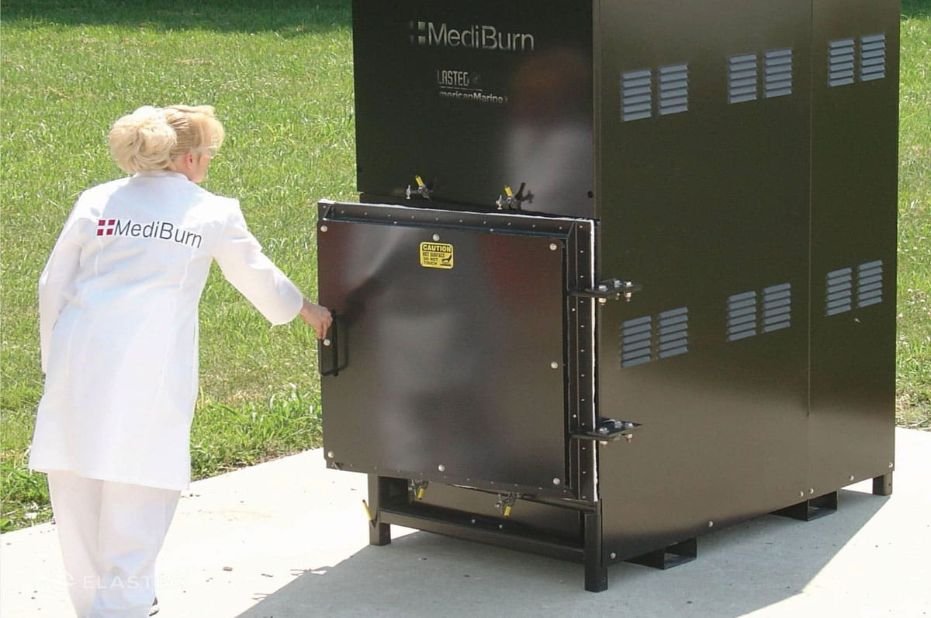MEDICAL WASTE MANAGEMENT

Medicines and medical care are essentially a vital part of human life. Medical waste generation happens as a result of functioning of medical institutions and hospitals and efficient management of these wastes is very important. Mismanagement could cause serious problems to the environment and human health. Biomedical waste is defined as any waste, which is generated during the diagnosis, treatment or immunization of human beings or animals, or in research activities pertaining thereto, or in the production or testing of biologicals. According to reports, high-income countries generate on average up to 0.5 kg of hazardous waste per hospital bed per day; while low-income countries generate on average 0.2 kg.
Medical waste can be classified as hazardous and non-hazardous waste. According to the World Health Organization (WHO), 85% of the medical wastes are general & non-hazardous, while the remaining 15% are hazardous which includes pathological, sharp, radioactive, chemical and infectious wastes. The major sources of medical waste are from hospitals and other health care units, laboratories, mortuary centers, blood banks and nursing homes. Medical waste poses a potential threat to the healthcare workers, patients, common people and the environment. So, much more care is needed in segregating, handling and disposing of the medical wastes.
A proper medical waste management includes segregation of wastes at source, systematic collection, proper storage, safe transportation, appropriate treatment and final disposal. Medical wastes should be categorized and disposed in colour coded dustbins. If medical wastes are not disposed appropriately, it may result in higher degree of environmental pollution, apart from posing serious health risks such as microbial contamination and thereby infecting a large number of people. Apart from human beings, animals are also exposed to the ill-effects of medical waste. Health hazards can spread from infectious waste and sharp objects, abrasion in the skin, inhalation and ingestion. Exposure to harmful chemical waste and radioactive waste is also a leading case of health hazard in employees working in institutions that generate medical waste. Open burning of medical waste could result in the emission of harmful chemicals, dioxins, furans and particulate matter. If medical wastes are dumped in landfills without segregation, then harmful microbes would seep into the soil, contaminating ground water. Therefore, proper treatment of medical waste before final disposal is very important.
Incineration is the widely used method for disposing most hazardous medical wastes. However the choice of treatment methods should be carefully chosen based on various factors. Some of the other methods used in treating hazardous medical wastes other than incineration are chemical disinfection, autoclaving, microwave irradiation and inertization.
Proper management of Medical waste is a concern that has to be worked upon, for a better environment. The management of medical waste must be done with care, right from the first step of source segregation to final step of safe disposal. All the people involved in handling the medical waste should be educated adequately regarding safe handling and disposal of wastes.
Quick Contact





